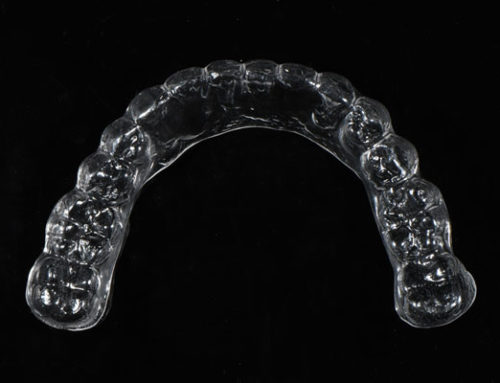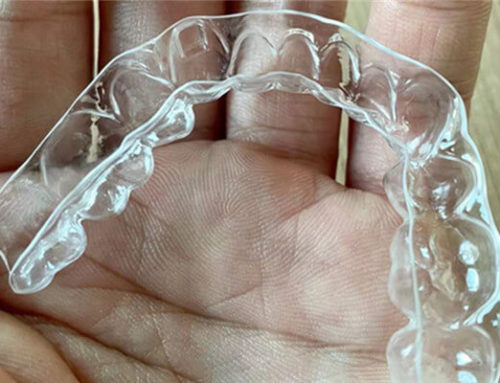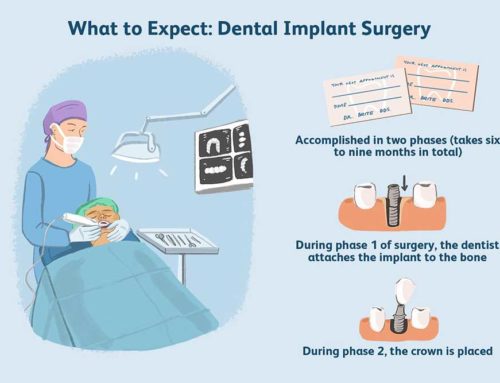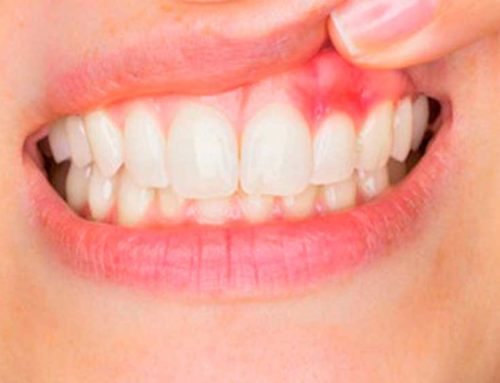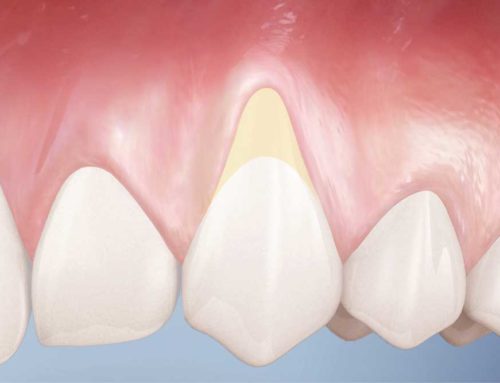Despite the hard enamel on the surface of the tooth, the tooth can still be damaged due to accidents, tooth decay, or age-related wear and tear. Fortunately, modern dental technology provides patients with several options for restoring part of their teeth. The three options include inlays, inlays and crowns.
1. Different forms
The number of tooth surfaces replaced by crowns, inlays and onlays is different. The crown is named after it covers the entire crown of the tooth, from the crack and chewing surface on the top of the tooth to below the gum line. This complete coverage also leads people to call the crown caps.
Inlays are just to solve the problem of cracks or corrosion between the tips of teeth, much like fillings. However, unlike fillings, dentists make inlays outside the mouth, instead of simply drilling a hole in the tooth to mold the restorative material.
The inlay covers the crack and the tip of the tooth.
2. Functional Difference
Inlays, onlays and crowns can restore the structure and function of teeth to a certain extent. The restoration method recommended by the dentist mainly depends on the extent of the damage, the strength of the remaining teeth, and the amount of tooth material that needs to be reinforced.
When dentists repair large and deep cavities, they usually use inlays as the next step after filling the teeth. A properly shaped ceramic or composite inlay can actually provide greater chew strength to restore teeth while providing longer-lasting durability.
Nesting can protect and strengthen at least one tooth with cracks, nicks, or breaks along the chewing surface. It serves as an intermediate measure to prevent this damage from developing to the need for the crown.
Crowns provide the strongest functional reinforcement for broken, fractured or cracked teeth. Unlike inlays or onlays, they can repair cracks or other injuries that extend to the side of the tooth (but cannot repair cracks that extend to the root of the tooth).
Crowns also play a role in the wider restoration of teeth. For example, the implant will include a permanent crown to provide a true smile and natural chewing function. Crowns can also fill missing teeth on the bridge.
3. Difference in Appliance
Inlays, inlays and crowns all have certain similarities in preparation and installation. In all three cases, the dentist must prepare the teeth for restoration. This process may include removing cavities and shaping tooth enamel.
If you need an inlay, you may find that the enamel formation process is similar to having a tooth drilled to fill it. Onlays may require more extensive enamel removal from the surface to be repaired. Crown teeth usually need to reshape all the enamel surfaces.
In this preparation appointment, the dentist will make an impression of the teeth. These impressions will be sent to the dental laboratory, where a restoration that fits the tooth perfectly will be created. No matter what type of fix you get, you may need to wear a temporary fix before the permanent version arrives.
4. Difference in life and cost
Several factors influence how long a tooth restoration will last, from the type of surgery and materials used to the owner’s commitment to caring for it.
Crowns are usually punished greatly for the strength of biting and chewing, and they usually last for 5 to 15 years before they begin to wear. Dental inlays or onlays may last much longer than dental crowns, although they may eventually need to be replaced.
Due to more work and materials, crowns are more expensive than inlays or inlays. However, inlays made of gold or other expensive materials can sometimes be comparable to crowns in this area.
